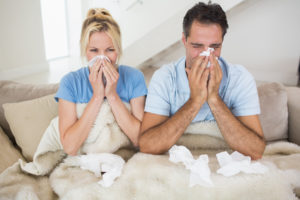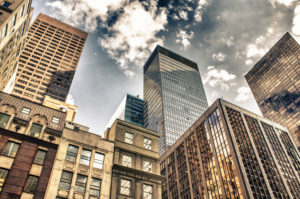Winter Mold Prevention Tips

Are Mold Allergies More Prevalent in the Winter?
When it comes to NYC mold removal, there’s no off-season. Winter dampness plus less ventilation equals prime conditions for mold spores to grow and multiply. Use these helpful tips to keep indoor mold infestations at bay during the winter months.
Tips to Prevent Winter Mold Growth
• Keep air circulating, especially in kitchens and bathrooms where mold growth is common. Install and use ventilation fans and open a window briefly as needed.
• Inspect the basement for cracked or damaged mortar that can allow water to seep in.
• If your home has a crawlspace, spread heavy roofing paper or polyethylene plastic film over the soil to create a moisture barrier.
• Add insulation to pipes to prevent cracking or bursting. If a pipe does break, turn off the water flow and have it repaired immediately.
• Double-check door and window seals to make sure they’re in good condition.
• Condensation on doors, windows and walls is a red flag indicating excess moisture. Dry the area thoroughly and address the source of the dampness, whether it’s broken pipes or high humidity levels.
• If your home experiences flooding, disconnect all electronic equipment and remove as much standing water as possible.
• Dispose of moldy items in a sealed bag to prevent mold spores from dispersing.
Effective NYC Mold Removal for All Seasons
Cleaning mold is only part of the solution. Stern Mold uses MoldExterm, a unique two-step program that removes mold and prevents it from returning. Contact us to schedule a free mold inspection and learn more about MoldExterm.



